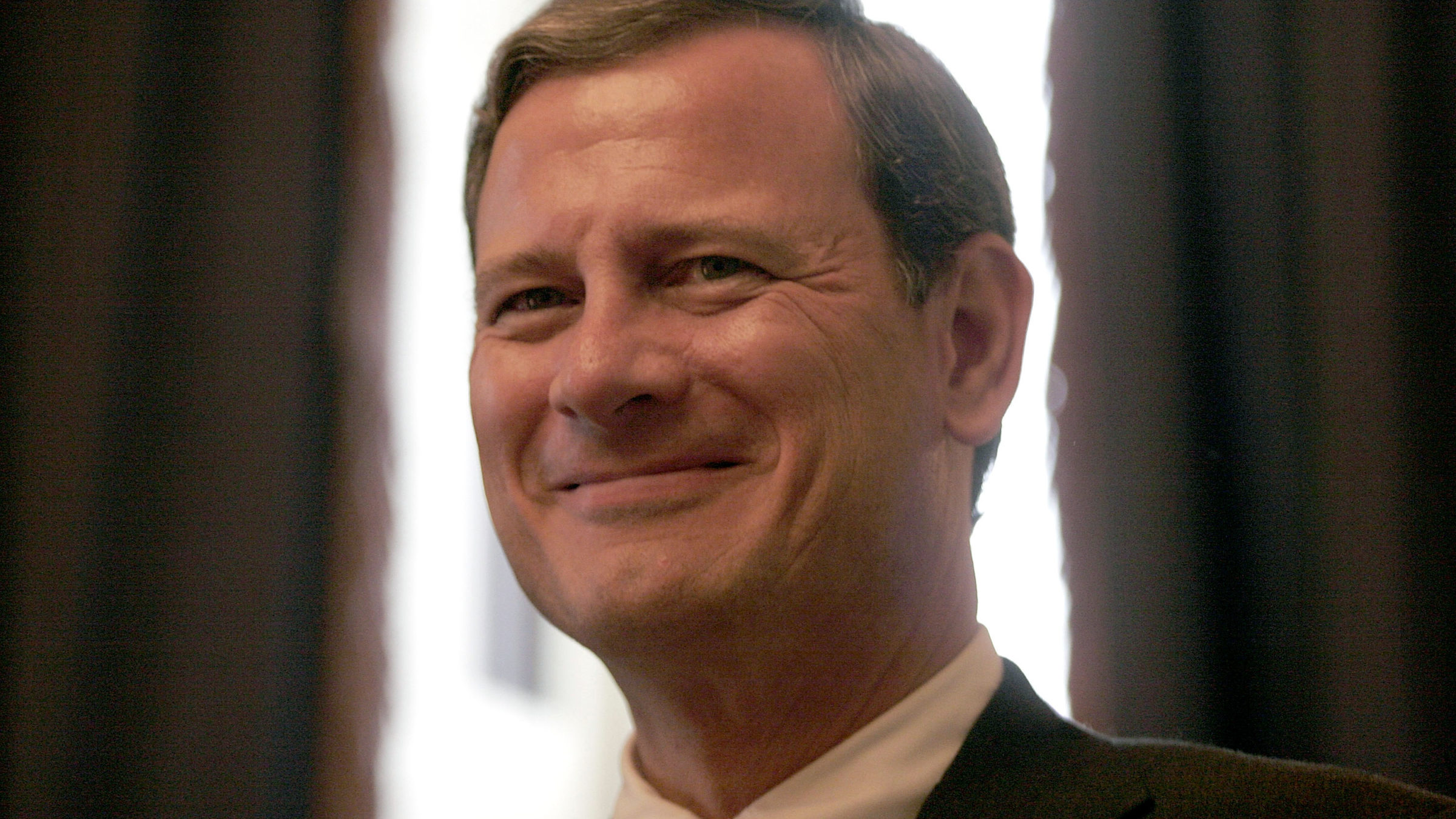On Wednesday, I joined Dahlia Lithwick and Mark Joseph Stern of Slate, and Elie Mystal of The Nation (and sometimes Balls & Strikes!), for a conversation at Sixth & I in D.C. to figure out why Supreme Court media coverage is so shallow and credulous, and to discuss all of our good and correct ideas for making it better. I also wrote about this topic for Slate, as part of a broader package about reimagining legal journalism; the whole thing is worth your time, particularly these gutting interviews with people whose lives were turned upside down by the Court’s decisions, but who are never going to be quoted or even mentioned in, say, a 600-word opinion recap on CNN.
To everyone who willingly came out on a weeknight to listen to four people talk about the Sam Alito Extended Universe for 90 minutes, thank you so much; I am very grateful, even if I am also concerned for your mental health and well-being. To everyone who missed it, first of all, we are now mortal enemies, and second, the show will be available as an episode of Slate’s Amicus podcast in a few days, so if you want to hear my full Supreme Court Justices As Solar System Planets taxonomy, you’re not out of luck.
One theme of our conversation was that traditional Supreme Court coverage often focuses so myopically on the technical intricacies of opinions that it misses how the Court’s policymaking affects the lives of normal people, as opposed to tenured law professors who might have to edit their syllabus before classes start in the fall. Right now is an especially bad time for reporters to make this mistake: The Supreme Court is the most powerful and least accountable political body in this country, and it is aggressively pushing the law to the right with each passing year and/or week. Meaningfully covering the Court requires centering the cultural, political, and social context of its handiwork, instead of treating these things as irrelevant afterthoughts.
At some point in the next month, for example, the Court will decide Allen v. Milligan, a case about the obligation of Alabama’s Republican lawmakers to give Black Alabamians what’s known as a meaningful opportunity to elect representatives of their choice. This concept comes from the Voting Rights Act, which acknowledges the reality of racially polarized voting in America, particularly in states with histories of enslavement of Black people, state-sanctioned segregation, and race discrimination that continues to this day. To give you a sense of how central this “meaningful opportunity” concept is for participation in democracy, to date, the number of Black candidates who have ever won a congressional election in a majority-white Alabama district is zero.
Alabama, which has seven congressional seats, is about 27 percent Black. Yet the electoral map proposed by the legislature after the most recent Census includes only one majority-Black district. (If you’re doing some quick math at home, that’s 27 percent of the electorate, and 14 percent of the state’s electoral power.) In Milligan, the justices will decide whether the Voting Rights Act requires Alabama to create a second majority-Black district, or whether mapmakers (in Alabama and elsewhere) are hereafter free to dilute the voting power of minority communities without fear of consequences.

When you see a perfect gerrymander (Photo by Chip Somodevilla/Getty Images)
This is the basic, quick-and-dirty outline you’re likely to read in any coverage of Milligan. But to tell the full story, I think, you have to go back in time—to the early days of the Reagan administration, when a rising conservative legal movement star by the name of John Roberts took a job in the new president’s Department of Justice. One especially important part of Roberts’s portfolio was advocating for narrow interpretations of the Voting Rights Act: Violations of Section 2 of that law, he wrote, should not be “too easy to prove, since they provide a basis for the most intrusive interference imaginable by federal courts into state and local processes.” Colleagues remembered him as a “zealot” who harbored “fundamental suspicions” about the VRA’s utility.
Roberts did not magically shed this history upon putting on a black robe and taking the judicial oath of office. Since his confirmation to the Supreme Court in 2005, he has worked diligently to erode the Voting Rights Act, nominally preserving the statute while ensuring that its protections are more or less worthless. Roberts wrote the majority opinion in Shelby County v. Holder in 2013, in which he declared Section 5 of the VRA no longer necessary due to the end of racism in America, and also joined the majorities in Abbott v. Perez in 2018 and Brnovich v. DNC in 2021. Both Abbott and Brnovich made it more difficult for voters to prove violations of Section 2 of the VRA—the same Section 2 he’d disparaged as a young lawyer some three decades earlier, and the same Section 2 that, in Milligan, he’ll soon have another chance to grind into dust.
This is The Real Story of the outcome in Milligan, whenever the justices elect to grace us with its presence. The case is not some one-off academic debate about the precise contours of Voting Rights Act precedent. It is part of the conservative legal movement’s foundational project, which doubles as the Roberts Court’s most consequential accomplishment: a systematic effort to make it easier for Republican politicians to win elected office. Detailed reporting on the Milligan opinion that omits this context, or relegates it to a throwaway allusion or two in the third-to-last paragraph, mistakes what the Court says for what the Court is actually doing. The allocation of political power is what matters. The rest is just noise.

